Iranian Tile Design and Patterns: A Journey through History, Art, and Culture
Contemporary Iranian Tile Art
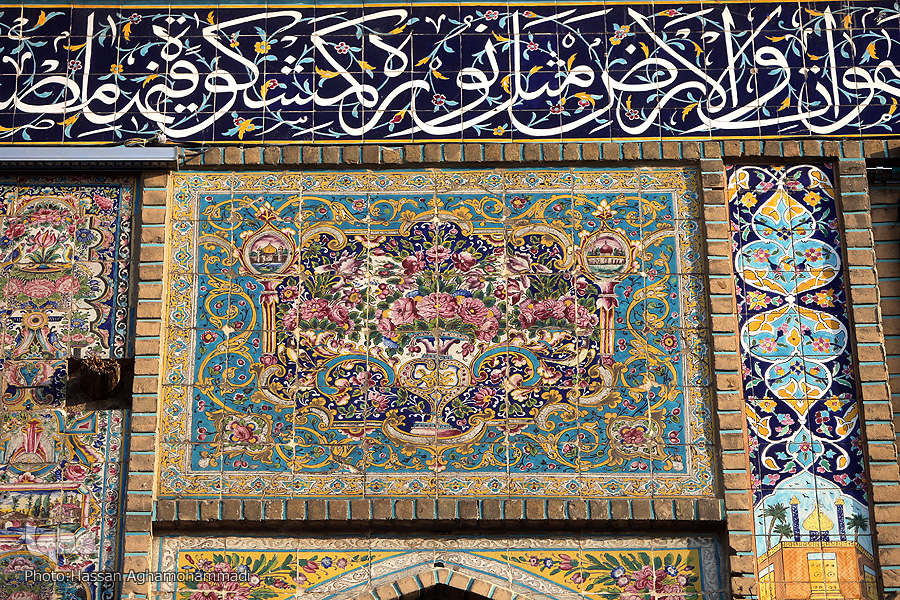
Contemporary Iranian tile art continues to thrive and remain vibrant. Contemporary artists draw inspiration from traditional motifs and patterns to create innovative and exquisite works, introducing this authentic art form into new realms.
Today, Iranian tiles are used to decorate various residential, commercial, and office spaces. Additionally, this art is also employed in designing jewelry, vessels, and other practical objects.
Innovation and Creativity in Iranian Tile Art
Contemporary Iranian artists have introduced creativity and innovation into the realm of Iranian tile art by utilizing new techniques and materials. The use of new colors, combining traditional patterns with modern designs, and integrating tiles with other materials such as metal, glass, and wood are among the innovations seen in the works of artists in this field.
The Role of Iranian Tile Art in Preserving National Identity
Preserving and reviving the art of Iranian tile work plays a fundamental role in safeguarding our national and cultural identity. This authentic art form is a valuable treasure trove of Iran’s history, art, and culture that must be preserved and passed on to future generations through the efforts and dedication of artists, researchers, and officials.
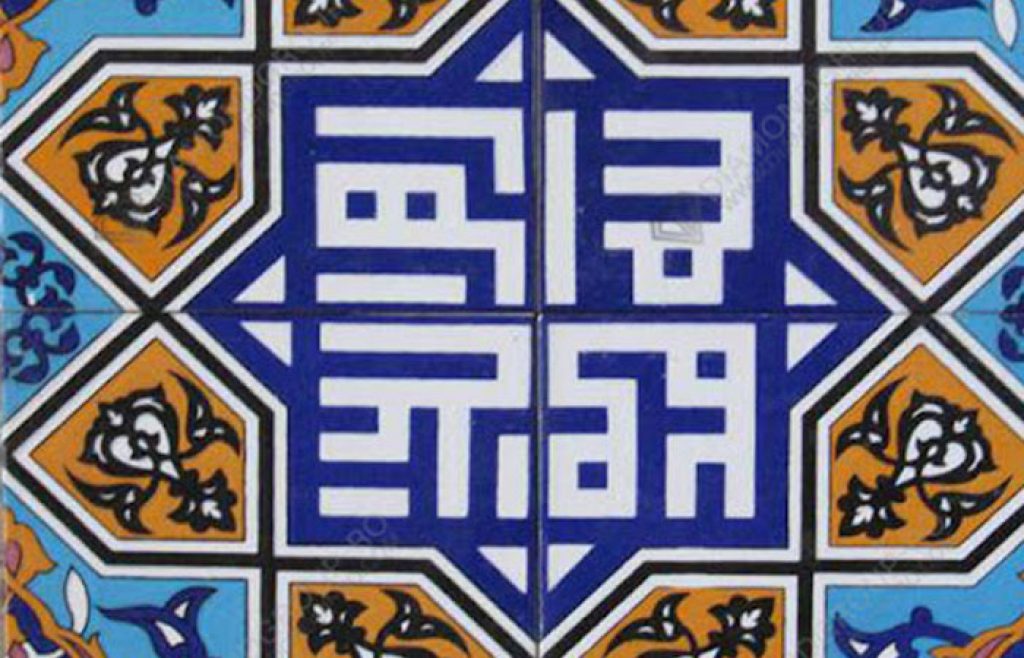
Museums and Exhibitions
Fortunately, in Iran, there are numerous museums and exhibitions dedicated to the art of tile work. In these museums and exhibitions, one can observe precious and valuable examples of Iranian tiles from various historical periods. Visiting these museums and exhibitions provides a great opportunity to become acquainted with the history and art of this authentic Iranian art form.
Iranian Tiles and Tourism
Iranian tile work is considered one of the important tourist attractions in Iran. Domestic and foreign tourists enjoy visiting mosques, palaces, and historical buildings adorned with exquisite Iranian tiles.
Supporting Tile Artists
Supporting tile artists is one of the actions that can help preserve and promote this authentic Iranian art. Buying artworks from tile artists, commissioning tile work for decorating buildings and various spaces, and organizing educational workshops are among the ways to support these artists.
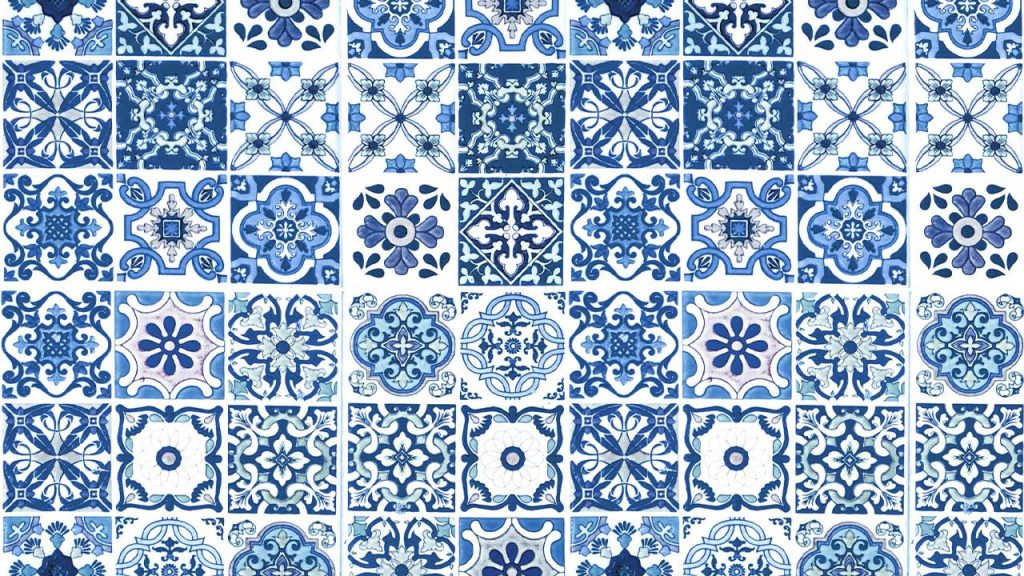
Details of Patterns and Designs
Iranian tile patterns and designs display a world full of mysteries and secrets to the viewer. The Slimy, as a prominent pattern in Iranian tile work, is characterized by a special delicacy and complexity. Inspired by plants and flowers, this pattern evokes a sense of infinity and eternity in the mind.
Geometry plays a fundamental role in creating many Iranian tile patterns. Khatam tiles, seven-colored and mosaic, bring a special order and symmetry to space through geometric shapes. These patterns, alongside their aesthetic beauty, are also considered symbols of order and rationality in the world of existence.
Calligraphy is an inseparable element of Iranian art and culture, holding a special place in Iranian tile work as well. Quranic verses, hadiths, and Persian poems were inscribed on tiles using various scripts such as Thuluth, Nastaliq, and Naskh, giving a spiritual touch to the structures.
Figurative patterns depict a world of stories, myths, and historical events on tiles. These patterns, often used in religious buildings and palaces, offer a glimpse into Iran’s rich culture and history.
Animal patterns, including birds, animals, and mythical creatures, are common in Iranian tile work. These patterns, created with great delicacy and precision, add a unique and eye-catching charm to the structures.
Elegance and Features of Iranian Tiles
Use of Diverse Colors: Iranian tiles, with their use of vibrant and diverse colors, impart a unique and eye-catching appearance to buildings. These colors, inspired by nature and Iranian culture, evoke a sense of freshness and vitality in the space.
Precision and Elegance in Pattern Execution: Iranian tile patterns are executed with great precision and attention to detail. This elegance, a result of the skill and taste of Iranian artists, is rarely seen in the works of other civilizations.
Use of Glaze: Glaze, a glassy coating applied to tiles, gives them a special sheen. In addition to enhancing beauty, glaze also helps increase the resistance of tiles to moisture and wear.
Variety in Techniques: Iranian artists have used various techniques in creating their works. These techniques include seven-colored tiles, mosaic, khatam, and knotwork.
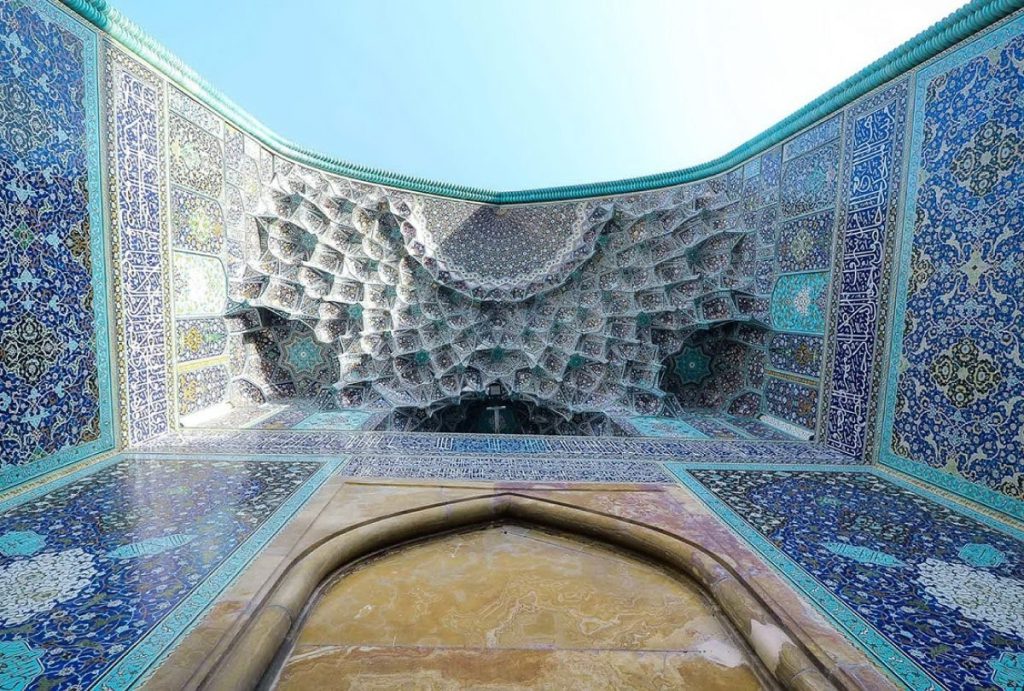
Examples of Iranian Tile Patterns and Designs
Sheikh Lotfollah Mosque: Located in Isfahan, this mosque is considered one of the most beautiful examples of Iranian tile art. Various types of arabesque, khatam, and geometric patterns adorn this mosque.
Golestan Palace: Situated in Tehran, this historical complex prominently features exquisite Iranian tiles. Patterns of flowers, birds, hunting scenes, and myths are visible in the decoration of Golestan Palace.
Imam Mosque in Isfahan: Also known as the Imam Mosque, this mosque is one of the largest in the Islamic world. Various types of seven-colored and mosaic tiles were used in its decoration.
Techniques of Making Iranian Tiles
The process of making Iranian tiles is intricate and time-consuming, requiring skill and creativity from artists. The various stages of making Iranian tiles include:
* Preparation of Clay: Clay soil, as the primary material for making tiles, is first purified and prepared.
* Glazing: Glaze, a glassy coating applied to the surface of tiles, provides color, shine, and resistance.
* Painting: Patterns and designs are painted on tiles using special underglaze or overglaze colors.
* Firing: Tiles are fired in high-temperature kilns to melt the glaze and adhere it to the surface of the tile.
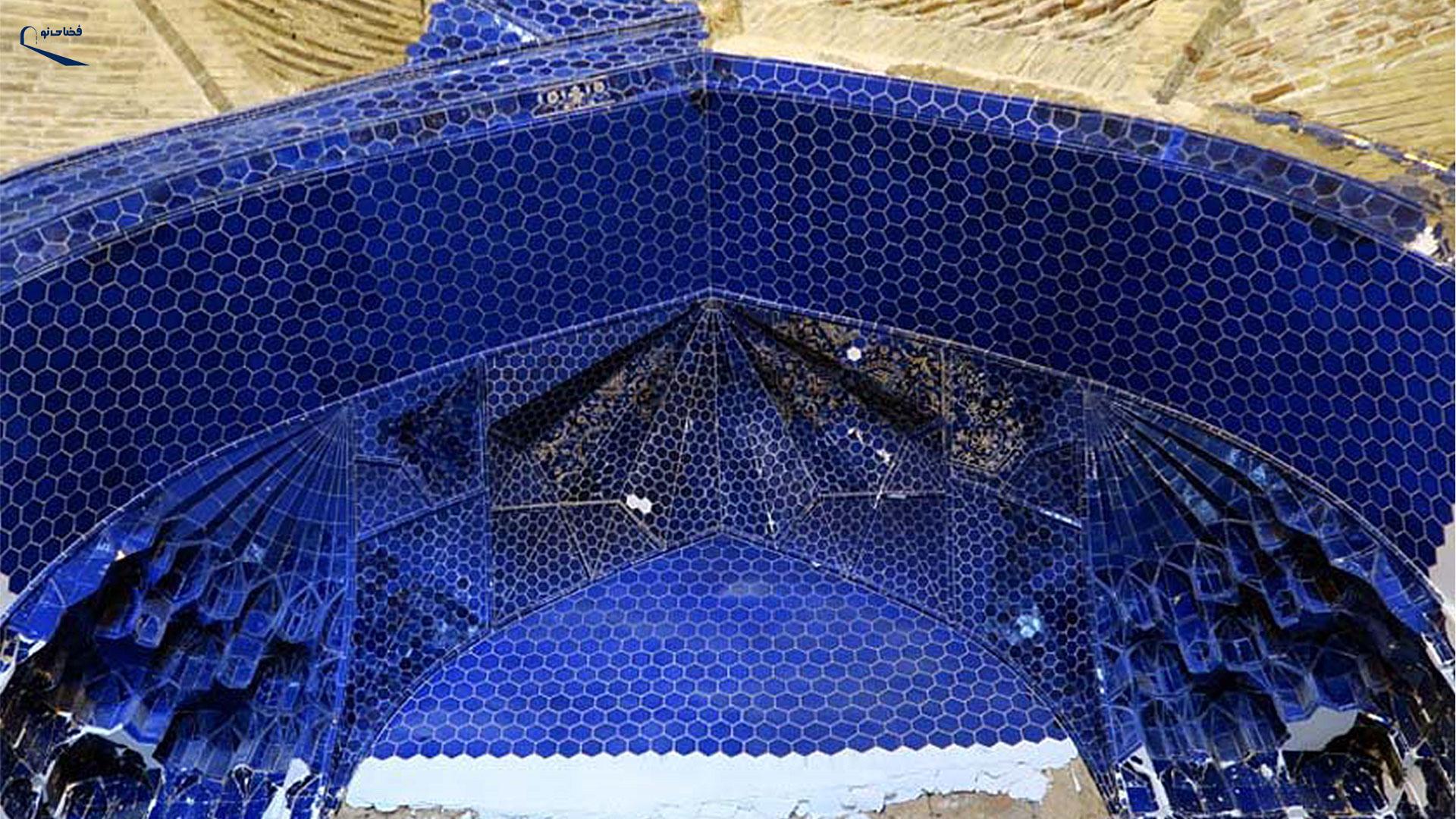
Prominent Iranian Tile Artists
Throughout history, many renowned artists have emerged in the field of Iranian tile art, each contributing significantly to the advancement and flourishing of this art with their creation of unique and enduring works. Some of these artists include:
* Master Ghias al-Din Tabrizi: One of the most famous tile artists of the Seljuk period, who created works such as the Jameh Mosque of Isfahan and the Gonbad-e Sultanieh.
* Mohammad Reza Kashigar: A prominent artist of the Safavid period who played a role in creating exquisite tiles for the Sheikh Lotfollah Mosque and Imam Mosque in Isfahan.
* Haj Mohammad Kashani: A skilled tile artist of the Qajar period who worked on decorating the Golestan Palace and the shrine of Imam Reza.
Iranian Tiles in Museums
Precious Iranian tile works are displayed in various museums around the world. Museums such as the National Museum of Iran in Tehran, the Victoria and Albert Museum in London, and the Louvre Museum in Paris showcase a treasure trove of Iranian tiles.
Iranian tile art is an ancient and rooted art form that has witnessed remarkable transformations and innovations over time. Iranian tile art, with its rich history and tradition, has been recognized as a prominent symbol of Iranian civilization and culture, adding a unique charm to Iranian architecture.
Today, we still witness the presence of Iranian tiles in various parts of the world. Iranian artists introduce this authentic art to the world with innovative creations inspired by traditional motifs and patterns.

Iranian tiles, as a valuable heritage of Iranian art and culture, have preserved their brilliance over time and have taken their place as a prominent symbol of Iranian civilization in the heart of human history and culture.
Today, Iranian artists, with their creativity and innovation, keep this art alive and create unique and enduring works. Preserving and revitalizing this valuable art plays a fundamental role in preserving our national and cultural identity.
قیمت های موجود در سایت تاریخ بروزرسانی آن ها ذکر شده و قیمت نهایی محصولات نمی باشند. لطفا جهت ثبت سفارش و استعلام قیمت بروز با کارشناسان ما در ارتباط باشید.
(035-3357)